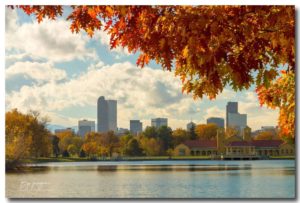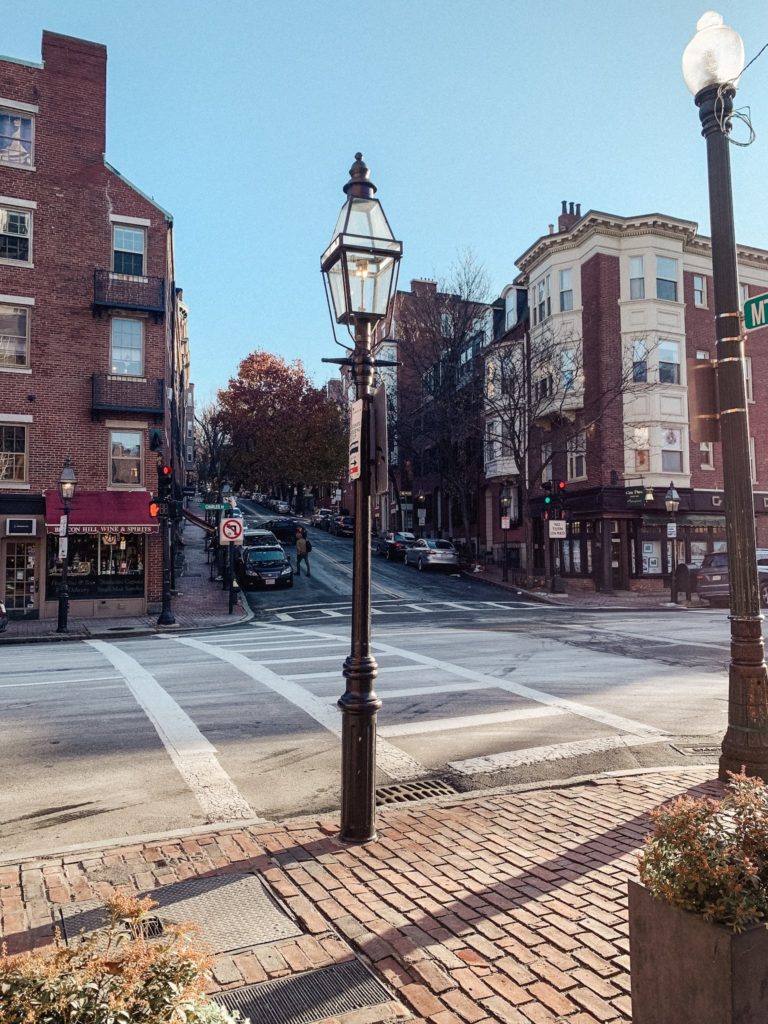When preparing for a trip out of the country it is important to know what to pack. It is essential you remember items such as an adaptor for the plug ins, and your passport. These items are you key items but, what else should you plan to bring along with you?
Passport:
A passport is something that is common knowledge for traveling out of the country. But, keep in mind that passports take awhile to arrive. You want to plan ahead and make sure you order your passport with plenty of time for it to come to you before you leave for your trip.
The plug ins in Europe are a lot different than the ones in America. They are essential for charging your phone, straighteners, curling irons or blow dryers for your hair, or for anything you may need to charge. It is also important to keep in mind that that you need a dual voltage (110v, 220v). The adaptors will not convert the voltage. The best part about having to purchase these is they are usually very easy to find. They can be found at Best Buy or even easier Amazon. I have added a link in the title “Adaptor for plug ins”. This adapter is great because it has multiple ports for American plug ins and also USB.
I know this seems like a dumb item to bring, but it comes in extremely handy. Water abroad can be very expensive especially while going through a museum or going on certain excursions. Having a water bottle handy is going to save you from purchasing expensive water. It also is helpful to have when you are in a location that is not providing water to their guests. Remember that Europe is a lot of walking so you want to be prepared to have water with you at all times. Although it is crucial to bring a water bottle along, it can be a drag to carry around a heavy water bottle. I would suggest bringing a collapsible water bottle. I have linked a cheap collapsible water bottle in the title “Water bottle”.
Comfortable shoes:
As I said before, you do a lot of walking in Europe. It is extremely smart to remember that while packing. You need to take comfortable shoes that are good for walking long distances. This will save your feet in the long run, and not make your trip miserable.
Portable charger:
Having a portable charger handy is something I would consider a must. With being in a foreign country and not knowing where anything is you use your phone a lot. Not only for being able to find certain places, but also for something as simple as taking pictures. This is also essential just in case there is an emergency, such as getting lost, ordering an Uber, or simply just finding your friends.
A cross body bag is always a great item to have abroad. Some of us love carrying a bag to keep everything we think we may need handy. But, it is a commonly known fact in Europe that bags are often cut off of people and stolen. This is why the cross body part is so important. This makes it a lot harder for something to sneak up behind you and cut it off of your body. I have linked a cute and affordable cross body bag in the title “Cross body bag”.
Exchanging American money for European euro:
Exchanging your American money for euros is something I recommend doing before you leave. I had a very difficult time doing it in Europe, and ended up having to just use other peoples euros the whole time and give them American money. There do not seem to be many places to this, so it would be smart to do this before going on your trip.

My name is Chaynee Kingsbury. I am from a small town in Colorado called Windsor. I am a psychology major, and just transferred from the University of Colorado Boulder to the University of Denver. I played soccer there and am continuing to do so at DU. I love my family, and have four younger siblings the youngest one being 7. An interesting fact about me is that all of the names in my family start with C, and all of our names are unusual. Chaynee (me), Carty and Cason (17 and twins), Creed (9), and Chaylis (7).








